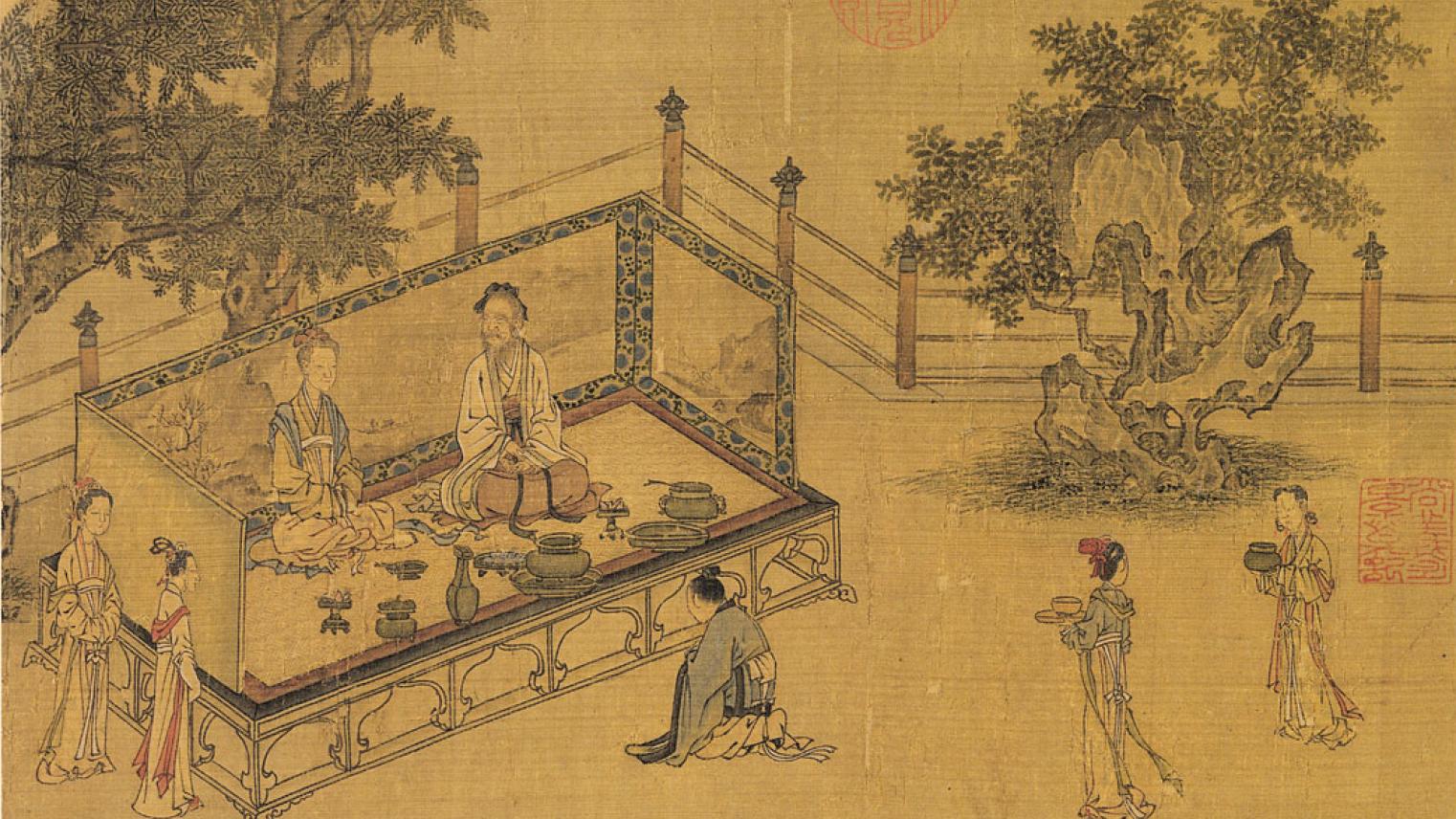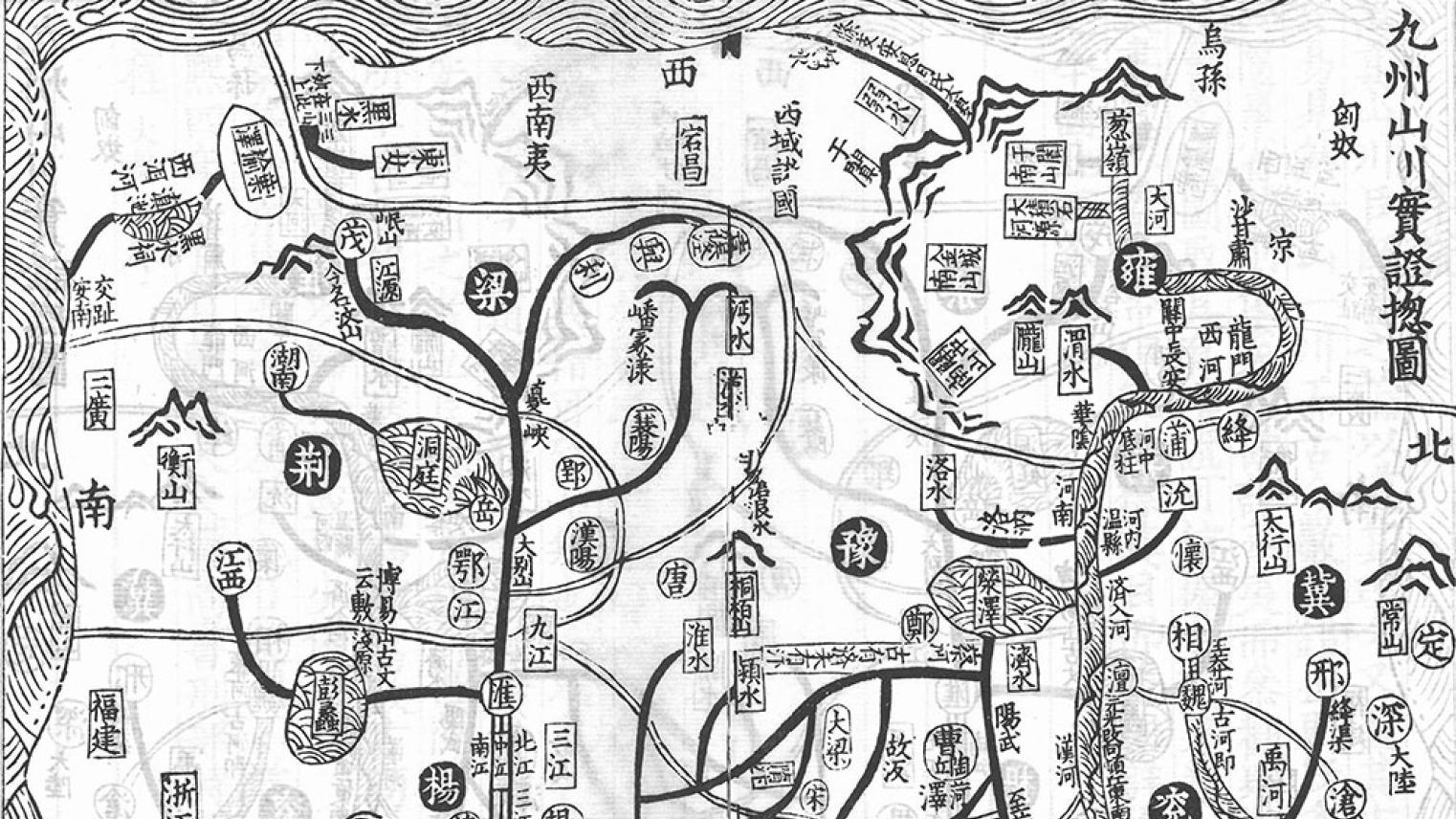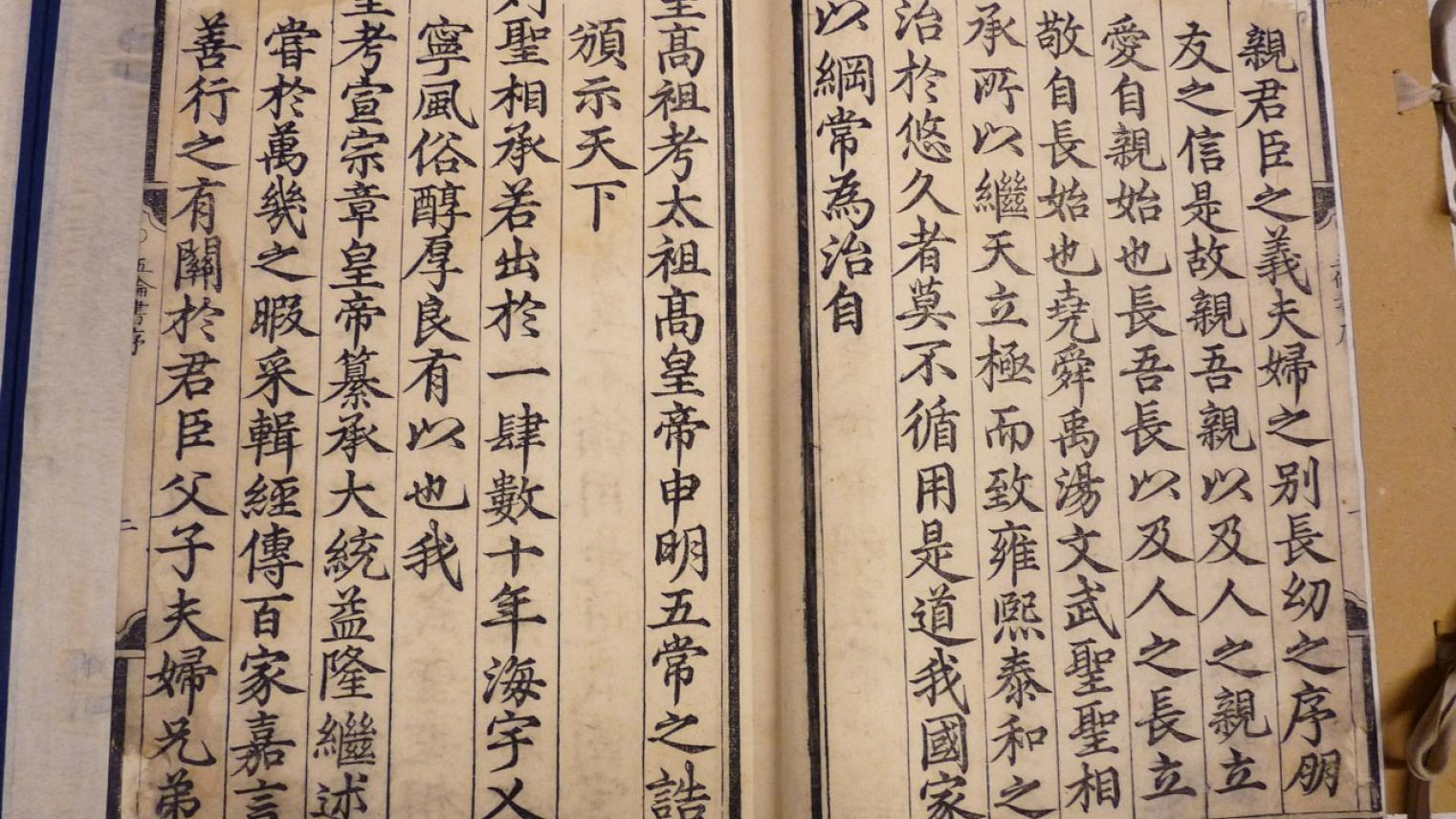Chinese Culture
Read more
Focussing on selected key themes, this course provides students with specific insights into Chinese culture that question conventional pre-conceptions and ideologically informed ideas through a thorough and research-based engagement. A scaffolded approach to such aspects as geography, historiography, social organisation, Confucian philosophy, Daoist and Buddhist religions, the arts, and inventions employs overviews followed by readings of current research, and applications of that knowledge to cultural objects. This enables students to understand the particulars of Chinese cultures and their transformations over time.
Our course further extends the examination of past cultural phenomena to the present by asking if, how, and where certain cultural traits resurface. Aside from equipping us with essential knowledge about Chinese culture, and learning where to look for it, we reflect on its application to our contemporary experiences. Why is engagement with China’s cultural past essential to understanding its culture in the present? What does this engagement have to do with ourselves? How can we use our acquired knowledge of this enduring and influential culture as a mirror to reflect on ourselves and our own cultures?
For details of Chinese Culture (ASIA2366), see the University’s Programs and Courses website here.

Chinese History: The Imperial Period (221 BC - 1800)
Read more
The great drama of the Chinese past has been the recurring struggles to bring under single control and preserve the unity of its vast territories, so varied ethnically, socially, and geographically. China therefore offers a particularly rich body of historical evidence for exploring ways in which empire might be—and has in fact been—conceived, articulated, and put into practice.
In this course, we will move from an exploration of how the imperial system was established and consolidated in the third century BC to an analysis of how encounters with foreign powers forced a radical reappraisal of the imperial system at the end of the eighteenth century. Across this broad chronological scope, we will focus on some of the specific social, cultural, and political contexts in which the concept and practice of empire was developed both as an ideal and in practice. These range from the roles that ritual played in statecraft and daily life, to how ideas about the family shaped social and political relations, to the ways in which the values of the imperial state were expressed in different textual and material forms. Throughout, we will develop the tools for reconstructing how people living through the experience of empire understood and responded to it. And we will consider the implications that such ideas and practices of the past might have for our assumptions about Chinese identity in the present.
For details of Chinese History: the Imperial Period (ASIA2044/6044), see the University’s Programs and Courses website here.


Chinese Literature
Read more
The expression for literature in Chinese, wenxue 文學, is not limited to what has been put down in writing: it can refer to the study of lines or patterning as well as of characters and texts. This idea differs markedly from the Western concept of Literary Studies, where students tend to limit their attention to artistic expressions in rhyme and prose, and do not consider texts like epitaphs, submissions to the throne, or imperial decrees.
In this course about Chinese Literature, we survey the history and the development of literary culture in China from its beginnings to the Ming dynasty (1368-1644). We employ traditional Chinese classifications of literary works to structure this course. We learn how developments of genre classification over time may serve as a key to understanding the motivations and dispositions of writers, their means of composition, their modes of expression, their rhetorical or stylistic devices, and questions of tradition and influence. To engage critically with this complex history of generic classification in traditional China, we select authors from different eras of Chinese history and examine them and their oeuvre on three levels. First, we situate writers against the background of their time. Second, we study translated examples of their work. Third, we determine how examples of their oeuvre fit the genre in which they were classified.
The course is based on English translations of Chinese literature. Students with a background in Chinese language are most welcome to include their favourite works in their original language.
For details of Chinese Literature (ASIA2003), see the University’s Programs and Courses website here.

Research Methods in Chinese Studies
Read more
From its inception during the first half of the 19th century, Sinology—the study of China—was conceived of as a philological discipline, concerned above all with the study and translation of Chinese texts. Its focus set it apart from the previous engagement with China of foreign missionaries as well as from the broader interests of European enlightenment philosophers.
A re-conception of Chinese Studies as a field within Area Studies occurred after the end of the Second World War and mainly in the US. As a response to the perceived external threats of the Soviet Union and China at the onset of the Cold War, it resulted in a significant expansion of research on China. Increasing diversification and specialisation not only required the introduction of methodologies from other areas of research; they also produced a flurry of research tools to help engagement with more complex Chinese texts. These tools and manuals proliferated with the introduction of digital forms of research.
Research Methods in Chinese studies emphasises the philological core of traditional China studies, while introducing advanced students to the pervasive changes of the sinological work and research environment brought about by online tools like searchable full-text databases. Research methods addressed range from the location of sources, source criticism, and dating, to the use of bibliographies, specialised dictionaries, collectanea (congshu) to database-integrated online workspaces. Assessment tasks will be adapted to suit the research interests of each participant.
For details of Research Methods in Chinese Studies (ASIA4044/8044/9044), see the University's Programs and Courses website here

